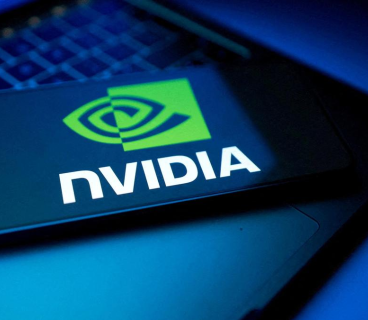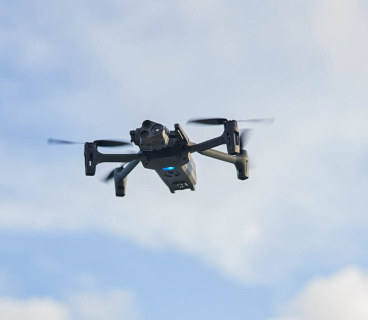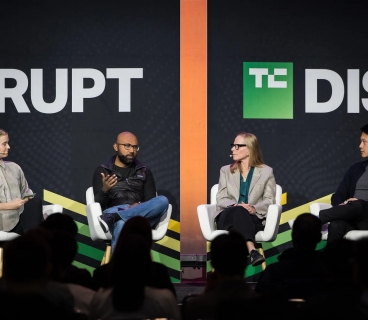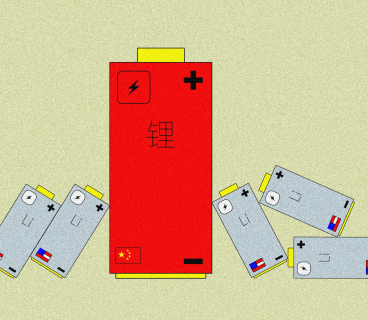Artificial intelligence is changing our lives…
In the past six months, a major transformation has taken place in both my personal and professional life. I now delegate about 30% of my daily tasks to AI partners. This is not just about using technology — it’s a whole new way of working.
ChatGPT (OpenAI) is more than just an assistant to me. It is a valuable “team member” that handles daily analytical tasks, helps shape my product ideas, and suggests strategies. And I don’t stop there. In my personal life, ChatGPT has also become an integral part of my daily routine. I rely on it to analyze my blood test results, interpret data from my smartwatch to understand changes in my body, and create weekly health plans.
This platform is no longer just a tech tool — it acts as a mirror for better self-understanding and a digital partner to help me make smarter decisions.
Performance at work, balance in personal life, and health — now everything can be measured, analyzed, and improved with artificial intelligence. That’s why I believe: the strongest leader of the future will be the one who knows themselves and their team best.
Grok (xAI by Elon Musk) gives me social analytics power to understand what’s happening in the Twitter/X world. Monitoring digital user behavior, sensing trends, and turning that data into product decisions — Grok is unique in this area.
Gemini (Google DeepMind) is not just an AI; it’s a multidimensional intelligence system that simultaneously understands text, images, and code. Planning product flows, making complex decisions, and analyzing information visually, in code, and logically at the same time — this has multiplied my decision-making power.
Sometimes I wonder:
“If these tools make such a difference today, how much faster, smarter, and more agile will our teams be in the future?” I’m certain — leaders who can’t work with artificial intelligence will remain in the shadows of those who can. Just as when smartphones first entered our lives, a whole generation was left helpless and powerless against those small devices — let’s never forget this reality. When technology advances faster than human learning, an invisible gap emerges between generations.
The tools I’ve listed are merely reacting to change. But the reaction phase is ending — the transformation phase is beginning.
For today’s CTOs, the question “Which technology should I use?” is no longer enough. There is now a more critical decision:
“When should I start changing my tech stack?”
Those who delay will fall behind not only technologically but also in team performance, product time-to-market, and innovation culture. Never forget that technology doesn’t change — it transforms rapidly. So the question is no longer: “Are the tools we use suitable for us?”
The key question is: “How prepared and agile are we to adopt these tools?”
Many tools within the tech stack now add features like “AI assistant,” “smart suggestions,” or “copilot.” But let’s be honest: these are just layers added on top of existing systems — they are not truly AI-native. Real change comes from tools built from the ground up with AI-native thinking.
How should the tech stack evolve from 2025 onward?
The stack below is no longer optional — it’s becoming the standard. These tools optimize developer experience and increase product team speed by 2-3 times.
Frontend: v0
AI-powered design and component-based UI creation. Imagine Figma + code export + reusable components all in one platform. Teams now spend minutes, not days, transitioning from design to code.
IDE: Cursor
An AI-native integrated development environment that writes code with you. You don’t just write code — you think code. Pair programming is now real, but your teammate is AI.
Backend: Supabase
An open-source, Postgres-based backend platform. Auth, real-time, storage, and SQL interface — a modern and open alternative to Firebase. Ideal balance for startups and corporate teams.
Deployment and Preview: Vercel
CI/CD, preview environments, and DevOps ideal for Next.js integration. Live preview for every pull request. Full pipelines from code testing to deployment automated with AI platforms like Grit, AutoInfra, DevGPT. Speed and reliability leave manual processes behind.
AI-driven decisions for product teams
Mixpanel + AI Insight
User behavior analysis, funnel tracking, and AI-powered suggestions. Finds trends, extracts behavioral differences across segments, and recommends feature priorities.
Amplitude + Predictive AI
Predicts product usage and retention metrics. Suggests next best actions based on behavior patterns and simulates features before A/B testing.
Productboard
Roadmap planning and feature prioritization. Automatically extracts insights from customer feedback and suggests roadmaps based on emerging needs.
Loops
AI-based product analysis and automatic dashboard recommendations. Instead of reading analytics yourself, Loops interprets them and offers decision suggestions.
Zeda.io (AI for PMs)
End-to-end product management and idea filtering. Scores ideas with AI, evaluates market fit, and automatically suggests roadmaps.
Athenic AI
Product analytics without SQL knowledge. Create dashboards with simple questions like “Which features increased retention last month?” Athenic answers and visualizes.
Will our team in 2025 and beyond just observe this new AI era, or will we shape it? As technology leaders, our role is not to ask this question but to lead this transition.












